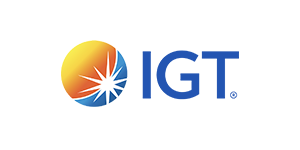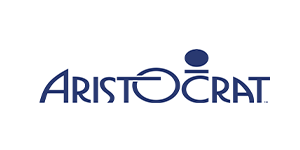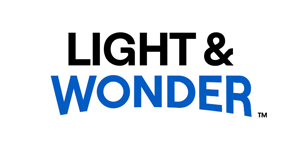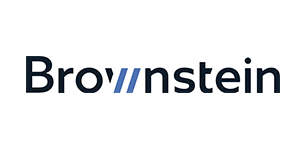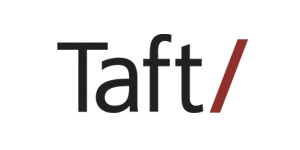- Home
- About IAGA
- Events
- Membership
- Sponsorship
|
Is card breaking legal or considered unauthorised gambling in Australia?
Expert Insight provided by Alexandra Hoskins, Principal, Senet Compliance Academy Remember the days of collecting cards and then trading or swapping them with your friends in the hope of collecting all the cards to complete a set? Collector cards are just as popular today as they were many decades ago however more sophisticated opportunities now exist to acquire and invest in cards, namely through “card breaking”. Given the element of chance, could card breaking be considered gambling in Australia under the Gambling Regulation Act 2003 (Vic) (GRA) and other relevant State and Territory legislation?
What is card breaking?
Card-Breaking, also known as ‘box breaking’ or a ‘box break’ is a practice whereby a box or case of collectable trading cards (Cards) is opened (often referred to as being ‘broken’) by an organiser (Organiser) and Cards are drawn randomly. Participants who have purchased a place in the Card-Breaking (Participants) are then often entitled to receive Cards as determined by the rules governing the Card-Breaking (Card-Breaking Rules).
Participants are often allocated a particular team or particular player for the purposes of the Card-Break, which can sometimes be chosen by the Participant or randomly allocated by the Organiser prior to the break occurring. This is sometimes undertaken using third party websites to determine the random sequence (such as https://www.random.org) and on other occasions can involve a more crude method of determination including, for example, the selection of ‘ping-pong’ balls from a plastic container.
Where a Participant’s allocated team or player is drawn during the Card Break then the Participant will receive those Cards or select Cards matching team / player. Often the draw is streamed or otherwise displayed through online mediums including YouTube, Facebook and Twitch (Card Break Streaming).
A complexity with Card-Breaking is that there is “no set method” which is used by Organisers of the Card-Breaking activities, but rather a range of methods have been adopted.
What are the different types of card breaks?
There are a range of different card breaks which can include, but are not limited to:
Does card breaking fall within the Gambling Regulation Act 2003 (Vic)?
Card-Breaking is an anomaly which does not easily fit within the ordinary meaning of gambling depending upon the circumstances. Section 1.3AA of the GRA contains a statutory definition of “gambling”. In particular, section 1.3AA(1) is very broad and provides as follows:
(a) a prize of money or something else of value is offered or can be won; and
(b) a person pays or stakes money or some other valuable consideration to participate; and
(c) the outcome involves, or is presented as involving, an element of chance.
Certain forms of Card-Breaking satisfy the definition of “gambling” for the purposes of the GRA depending upon how the Card-Breaking activities and commercial terms are structured by the Organiser (for example, where a Participant is not guaranteed to receive Cards following a Card Break then the provision is likely to be enlivened).
In relation to Section 1.3AA(1)(a), the provision will only be satisfied where there is a monetary prize or something else of value which is offered or won. Whilst the Cards have inherent value and some Cards are obviously more valuable than others, the provision is not intended to apply where there is simply a purchase of a random number of Cards, even where there is an expectation of receiving a ‘hit’ Card (such as through a chosen team or player). By analogy this is similar to an old style “lucky dip” or a “blind bag toy” (often called surprise packs or surprise toys). An example of the latter is Kinder Surprises.
Where a premium is paid by a Participant for a Card-Break for the purposes of seeking preferential selection or priority in the break then section 1.3AA(3)(c) of the GRA is likely to be enlivened in these circumstances.
Regulatory frameworks in other Australian States and Territories are equally likely to apply to card-breaking where the provisions under the GRA are satisfied and the card break is regarded as gambling.
Card Breaking and the Interactive Gambling Act 2001 (Cth)
Section 5(1) of the Interactive Gambling Act 2001 (Cth) (IGA) defines a “prohibited interactive gambling service” as a “gambling service” where:
(a) the service is provided in the course of carrying on a business; and
(b) the service is provided to customers using any of the following:
i. an internet carriage service;
ii. any other listed carriage service;
iii. a broadcasting service;
iv. any other content service; or
v. a datacasting service.
Section 5(3) of the IGA contains certain exceptions (referred to as “Excluded Services”).
Where a prohibited interactive gambling service is intentionally provided and the service has an “Australian-customer link”, then this constitutes an offence under section 15 of the IGA.
Furthermore, where the Card-Breaking activity occurs online and the Organiser charges different Participants a premium for participating in the Card-Break based on team, player or other information; and/or there is a possibility that the Participant may not receive any Cards (or an insufficient number of Cards) in respect of the break, then this is likely to satisfy item (a) of the definition of gambling service and would contravene the IGA.
Summary It is possible for Card-Breaking activities to satisfy both the extended meaning of “gambling” for the purposes of the Gambling Regulation Act 2003 (Vic), similar State and Territory legislation in other jurisdictions and also satisfy the definition of ‘prohibited interactive gambling service” in respect of the Interactive Gambling Act 2001 (Cth). Depending on the type of break and if structured appropriately, card breaking may not be considered unauthorised gambling.
Like to know more?
Senet is Australia’s leading gambling law and regulatory advisory firm. We act for major online gambling operators and are regularly instructed by international operations, start-ups and entrepreneurs who are seeking to establish business operations in Australia.
We play a critical role in successfully bringing innovative gambling businesses to market by working in partnership with those businesses and their advisers throughout the process, so that they can achieve their objectives.
For further information about online gaming laws and regulations in Australia please contact Julian Hoskins, gambling law expert at specialist gambling and gaming law and advisory firm, Senet [email protected] or +61 448 467 824.
|




